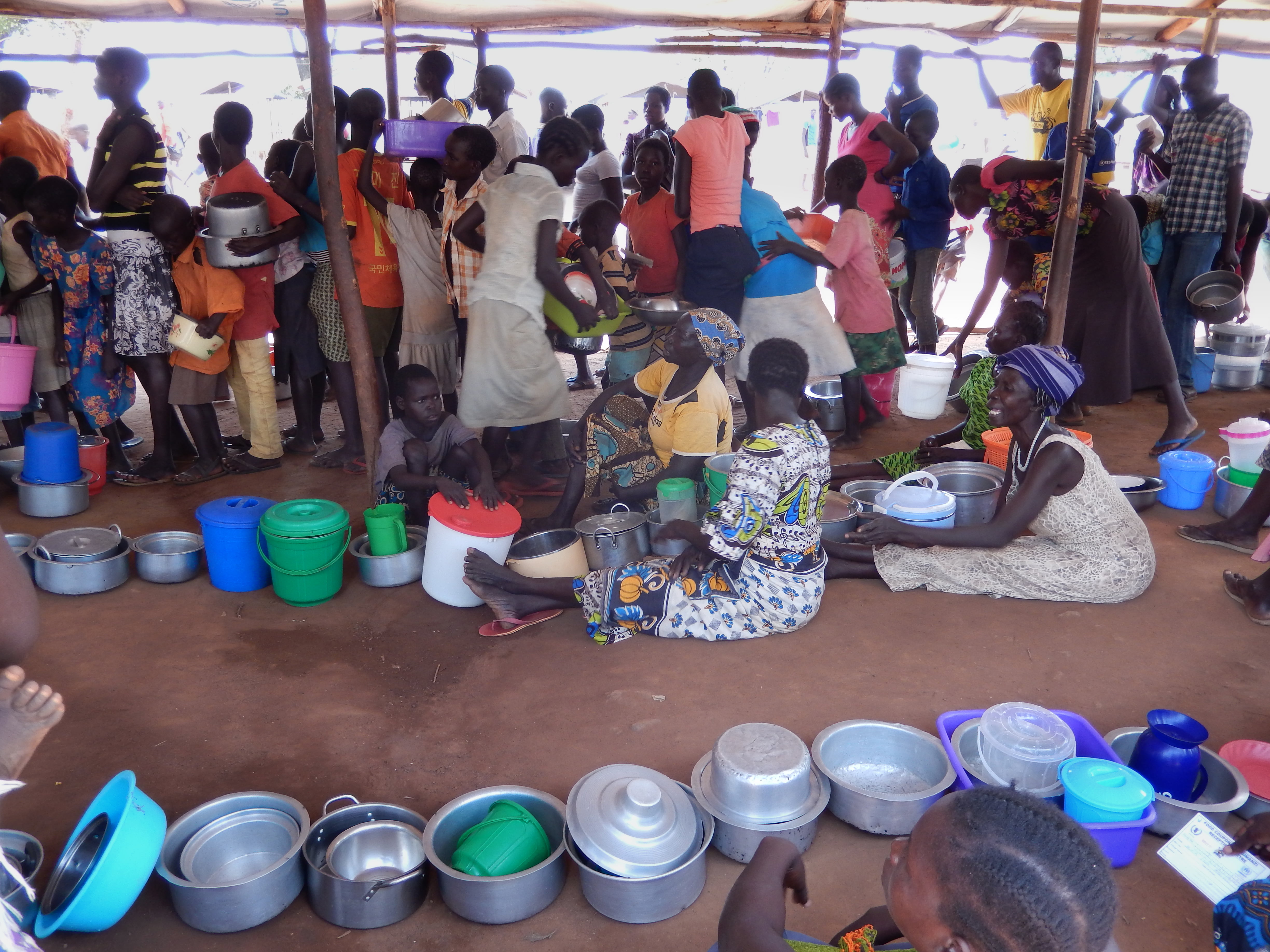With the threat of mass atrocities looming, Samantha Power earlier this week implored the UN Security Council to do something about South Sudan. She repeated the words of Secretary General Ban Ki-moon, “If we fail to act, South Sudan will be on a trajectory toward mass atrocities.” She warned, “South Sudan may be running out of time.”
Alas, this morning, a USA-drafted resolution imposing an arms embargo and targeted sanctions against individuals who are stoking conflict in South Sudan failed at the Security Council.
But time has already run out for more than 1 million South Sudanese who have fled the country and now live as refugees. And that’s an issue with consequences that the world will likely face for years, even decades, to come. Since July, when fighting flared in the capital, Juba, hundreds of thousands of civilians have escaped horrific attacks and abuses. Every day this month, an average of 3,036 South Sudanese refugees have crossed the border into neighboring Uganda. There, government and aid agencies struggle to feed, shelter and care for the flood of humanity. Many newcomers arrive with illnesses and traumas that could take years to address: hunger, malnutrition, malaria and post-traumatic stress disorder among them.
When Power spoke to the UN Security Council earlier this week, she talked of a 28-year-old mother named Irene who told a reporter she watched as soldiers shot her husband in the head. Irene fled with her children, only to encounter another group of armed men who had trapped and raped a couple of women, then beat them with babies they swung like clubs. Irene survived and crossed into Uganda seeking refuge. Her anguish mirrors that of dozens of refugees I interviewed in fall when I visited settlements near the South Sudan border. A young mother named Palma Barua told me about fleeing the fighting with her toddler son this summer while her husband stayed in Juba. Barua was 9 months pregnant and had her baby in a refugee transit center when she arrived in Uganda. She named her girl “Mary Angua,” which means “running.” When I asked whether she thought she would see her husband again she said, “It is not known because I don’t know whether he is alive or not.”


Like thousands of other families, Barua’s is split by a war that shows no signs of ending. It’s a crisis that is growing to unprecedented dimensions. Earlier this year, the number of people displaced by conflict and persecution hit a record high of 65.3 million worldwide. The UN Refugee Agency (UNHCR) is tasked with caring for more than 16 million.
In the urgency of this global phenomenon, there is a push to rethink the way refugees are treated and viewed—less like a problem, and more like an opportunity. In 2014, UNHCR launched a Policy on Alternatives to Camps, which promotes refugee self-reliance in environments that function like regular communities rather than prisons.
This is exactly what Ugandan officials say they have in mind. Some call this East African nation, home to nearly 900,000 displaced civilians, one of the world’s best places to be a refugee. That’s because refugees are given land and a permanent place to live. Adults are free to work, and kids can go to school. Families grow their own gardens, which supplement the rations they receive in aid. In the surrounding communities, refugees and locals live, work, shop and interact, side by side. “We are South Sudanese and Ugandan, the same,” Chol Obour, deputy chairperson of Pagirinya Refugee Settlement, told me. “You cannot differentiate.”
Certainly, there are problems. The influx of new arrivals is at times overwhelming. Transit centers are stretched way beyond their limits, often sheltering thousands of refugees for weeks or months in housing meant for temporary stays. And the World Food Program routinely faces critical shortages (the organization needs $72 million between December and May to aid the flood of South Sudanese refugees in Uganda). But at least in Uganda, refugees like Irene, Barua and Angua have a shot at life without war—and a future beyond barbed wire.
After today’s vote in the Security Council, however, their compatriots still in South Sudan may face a profoundly uncertain and dangerous future.
Reporting for this story was made possible by a fellowship from the International Women’s Media Foundation African Great Lakes Reporting Initiative.
